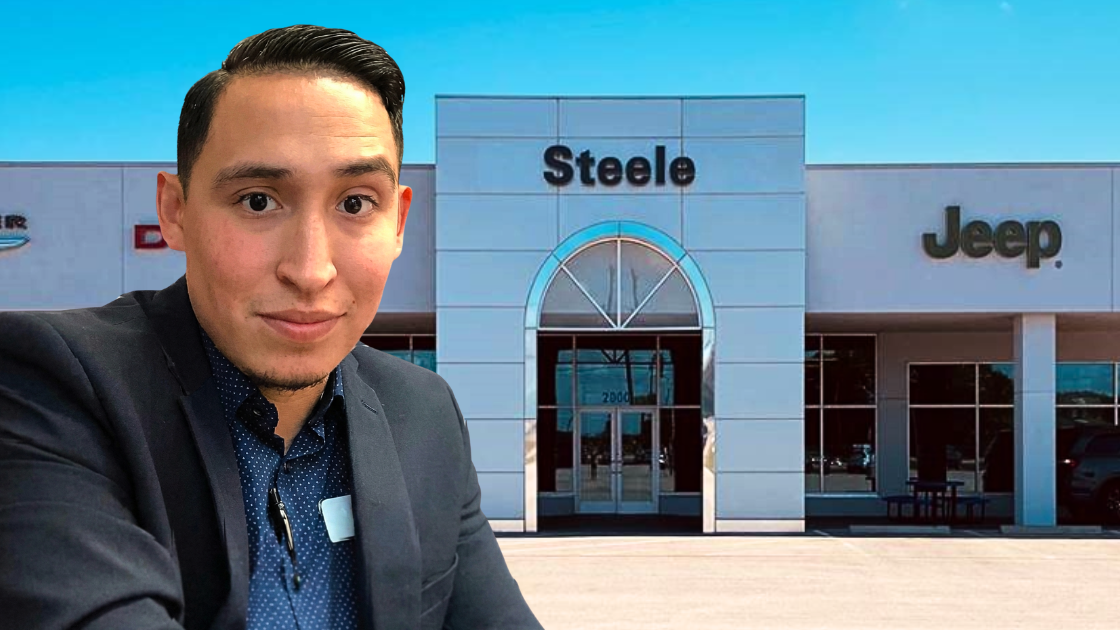
General Motors $GM ( ▲ 1.92% ) and Nvidia $NVDA ( ▼ 0.31% ) are expanding their partnership, with a new collaboration poised to change how vehicles are made and interact with drivers for years to come.
The details: The new partnership—anchored in Nvidia’s experience as the leading artificial intelligence company—will build custom AI systems to enhance GM’s manufacturing operations, new vehicle architecture, and overall safety, using a suite of NVIDIA accelerated compute platforms.
GM will use the Nvidia Omniverse platform to create digital twins of assembly lines, allowing for virtual testing and production simulations to reduce downtime.
The automaker will build its next generation of “smart” vehicles on Nvidia Drive AGX , based on the Nvidia Blackwell architecture.
GM and Nvidia’s collaboration will also include running Nvidia’s safety operating system, DriveOS, an in-vehicle computer that can speed the development and deployment of safe AVs at scale.
GM says the collaboration isn’t intended to replace humans, but rather empower the teams charged with building the next-gen GM vehicles, to develop vehicles that will drive the future of mobility.
What they’re saying: “AI not only optimizes manufacturing processes and accelerates virtual testing but also helps us build smarter vehicles while empowering our workforce to focus on craftsmanship. By merging technology with human ingenuity, we unlock new levels of innovation in vehicle manufacturing and beyond,” stated GM CEO Mary Barra.
Why it matters: The ability of GM to improve its production efficiency and develop smarter and safer vehicles could prove extremely beneficial in helping the automaker to enhance its overall operations and increase its profit margins.
Between the lines: GM’s new collaboration with Nvidia highlights the growing number of investments being made in AI strategies aimed at improving various facets of automotive operations.
A 2024 report reveals that vehicle testing processes are seeing 20% to 30% efficiency gains through AI-driven automation of reporting and scenario simulations.
The global automotive artificial intelligence market size was estimated at $4.29 billion in 2024 and is expected to grow at a Compound Annual Growth Rate (CAGR) of 23.4% from 2025 to 2030.
Bottom line: Partnering with Nvidia puts GM at the forefront of AI-driven manufacturing and vehicle intelligence, helping to streamline production while creating smarter, safer, and more connected vehicles. If executed well, this could be a massive competitive advantage.
Become an automotive insider in just 5 minutes.
Get the weekly email that delivers transparent insights into the car market.
Join 90,000+ others now, it's free:
Courtesy transportation is no longer a nice-to-have.
It’s a need-to-have.
That’s why 80% of dealership respondents agree that providing courtesy rides with Uber has helped retain customers, based on Uber’s survey of 79 organizations in 2023.
With Central, you can request an Uber ride on behalf of your customers, even if they don’t have the Uber app. Car dealerships love using Uber because it’s a simple way to offer white-glove customer service, supplement loaner cars or shuttles, and manage parts pickup and delivery.
Dealers can request one-way or round-trip rides, add multiple riders and locations, set spend caps, and even monitor trips in real time.
Plus, you'll get monthly reports to keep track of everything.
If you’re ready to reduce the costs associated with maintaining shuttles and limit the liability of loaner vehicles, it's time to partner with Uber for Business.











